How to use LingoLearn
The child and/or educator simply take one of the flashcards stored in the back of the unit and insert it in the device. Each flashcard has a printed pattern on the bottom that the device reads and identifies which "page" the children are looking at. There are buttons on the back of each concept (the red dots) that when pressed, they play an audio file of a word or a concept in two selectable different languages, and contextual sound effects.
The languages are stored in a MicroSD card.
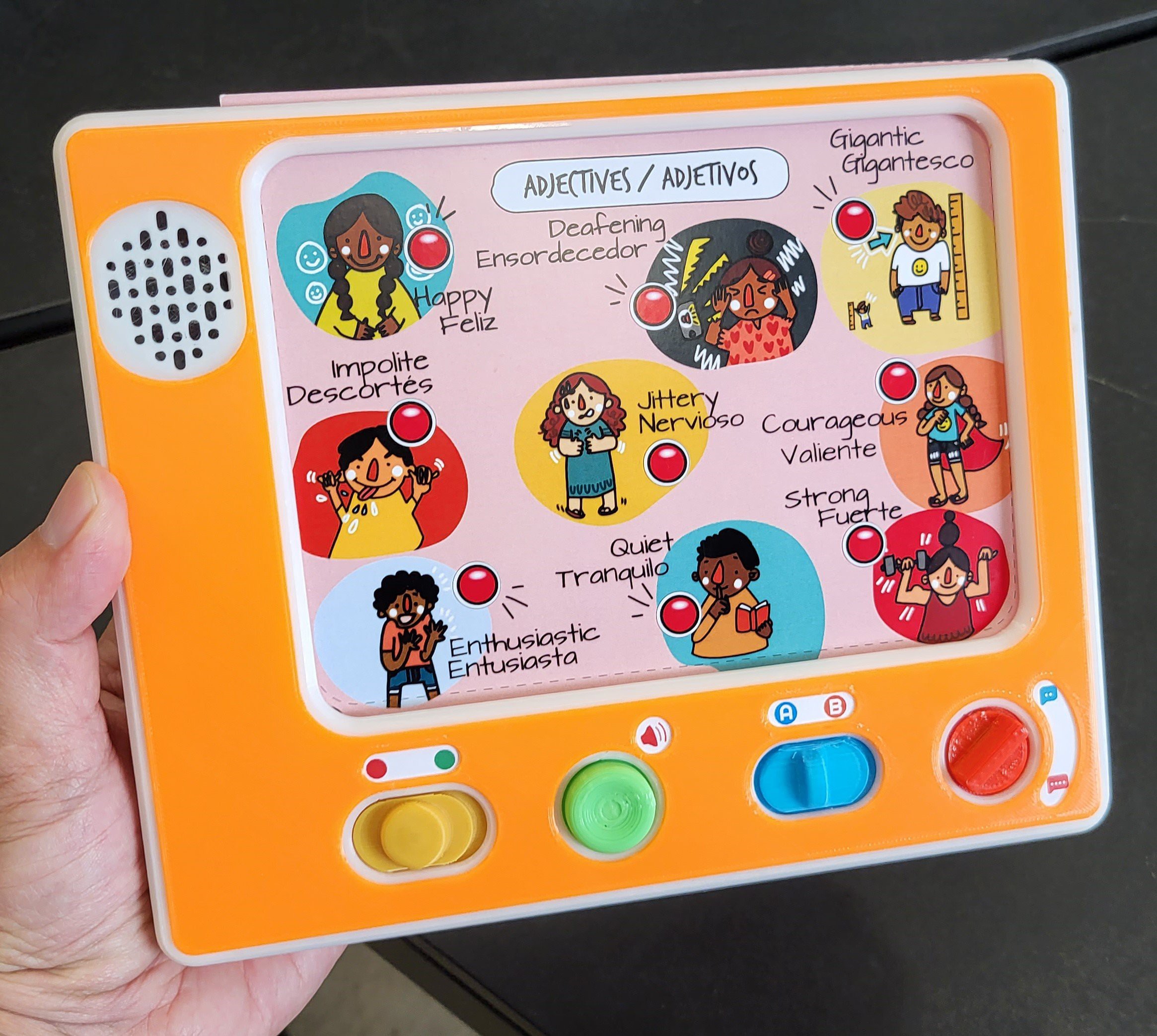
Components overview
- PCBA's are all custom designed for this project. The microcontroller is an RP2040, programmed on Arduino IDE.
- The enclosure design was optimized for 3D printing while keeping an eye on a potential, relatively easy transition to plastic injection and mass production.
- Buttons, speaker, and hardware in general were selected thinking of affordability and ergonomics for children.
More details in Instructions and Logs!
 Supplyframe DesignLab
Supplyframe DesignLab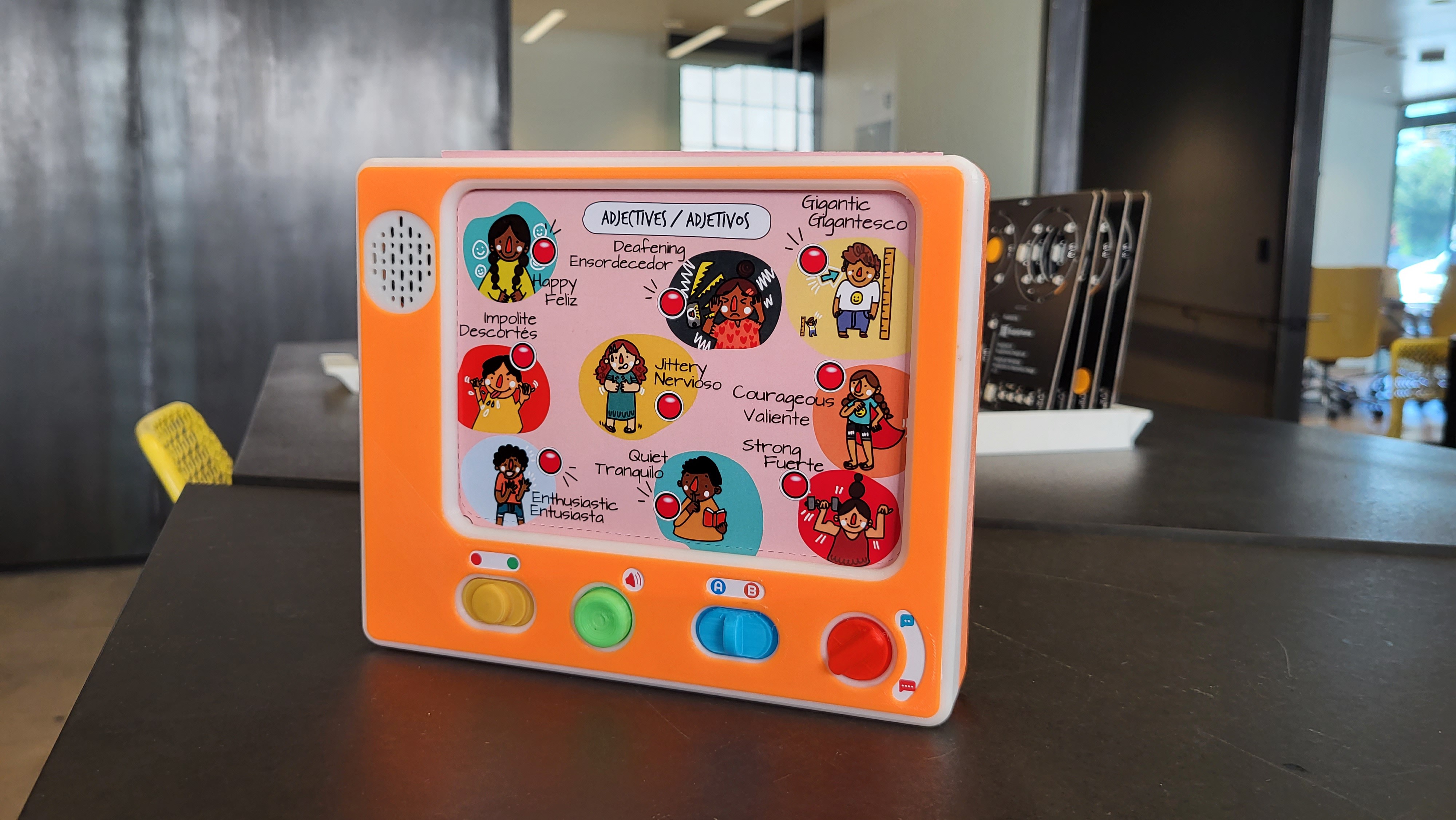
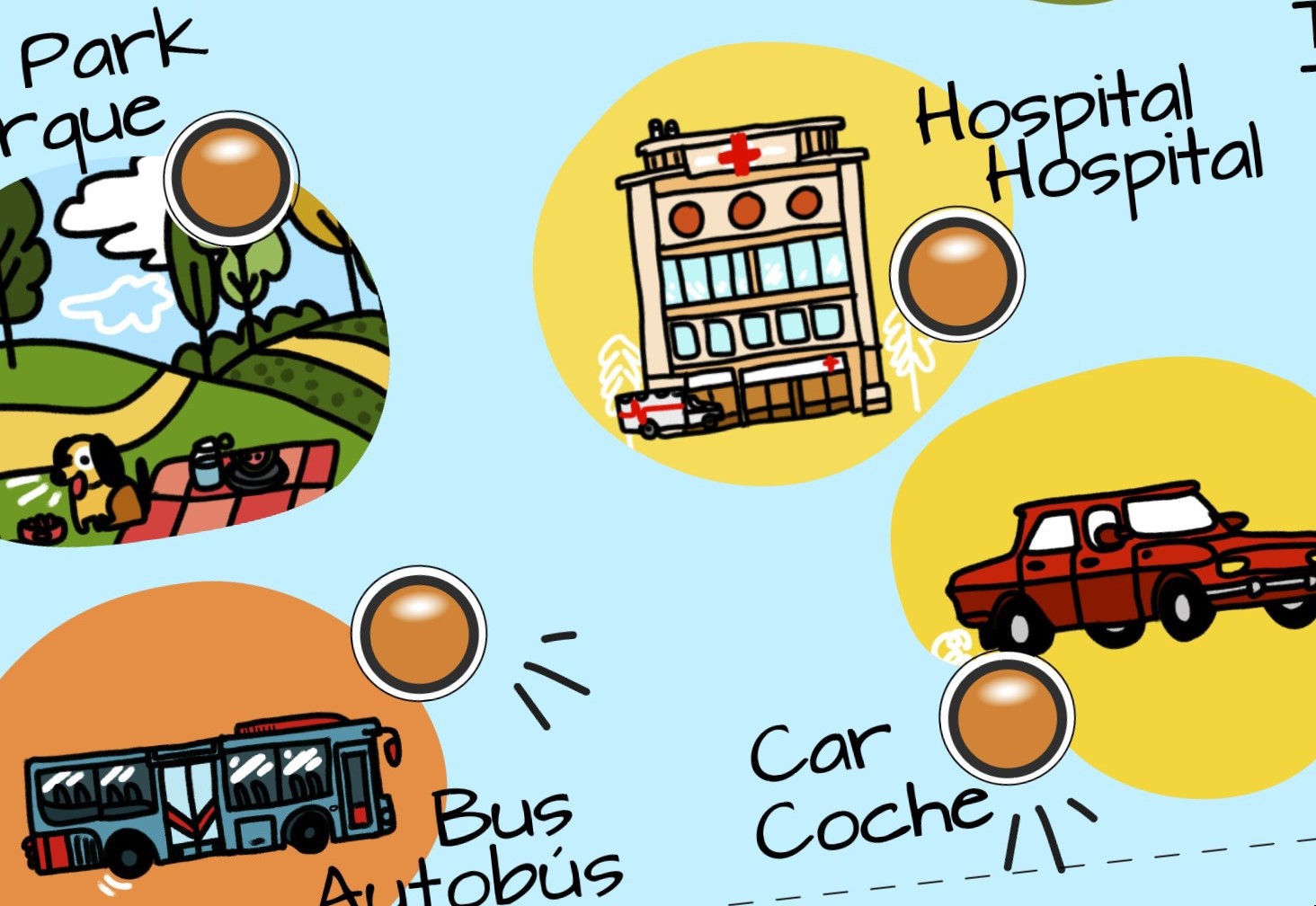
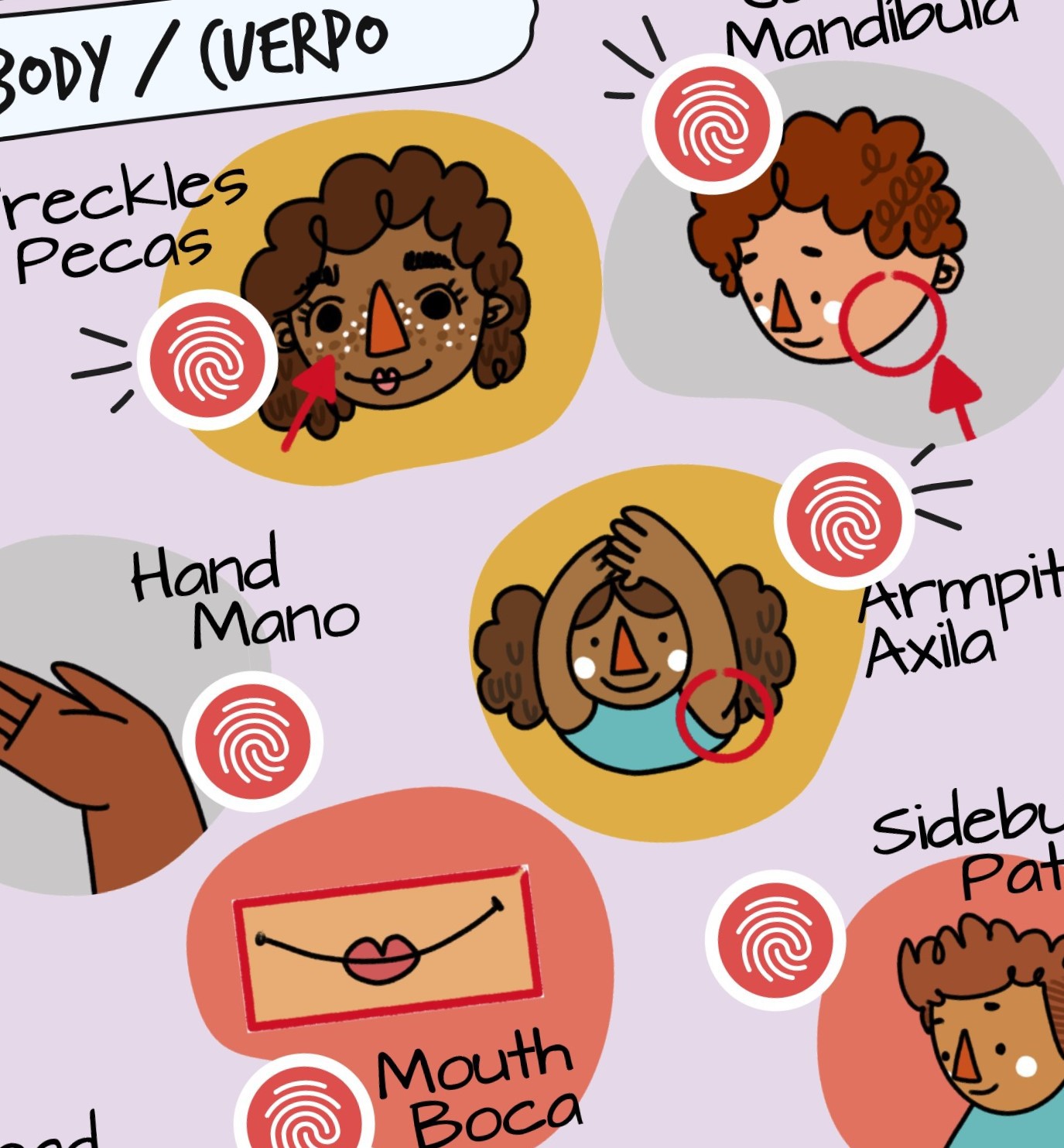
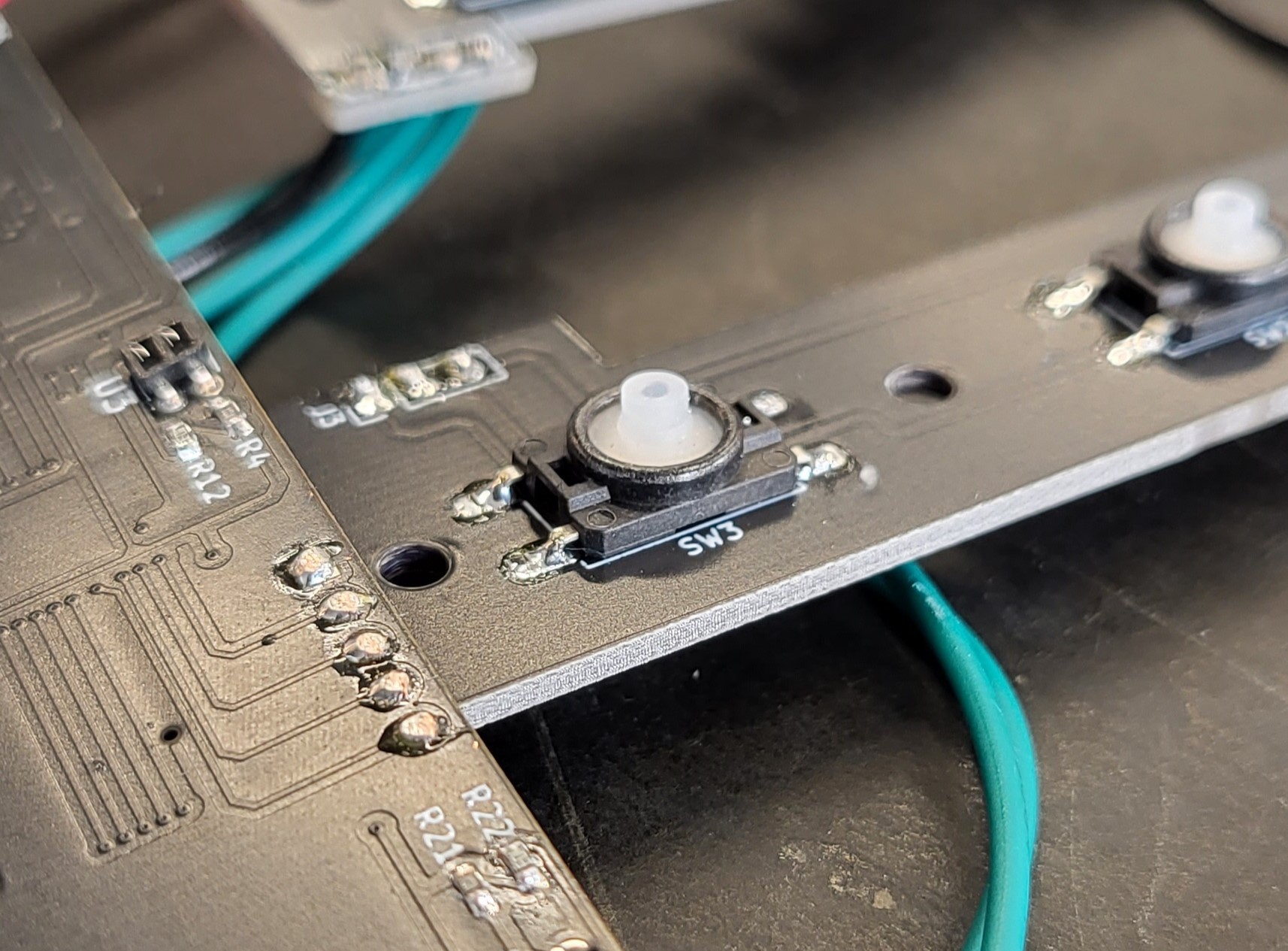
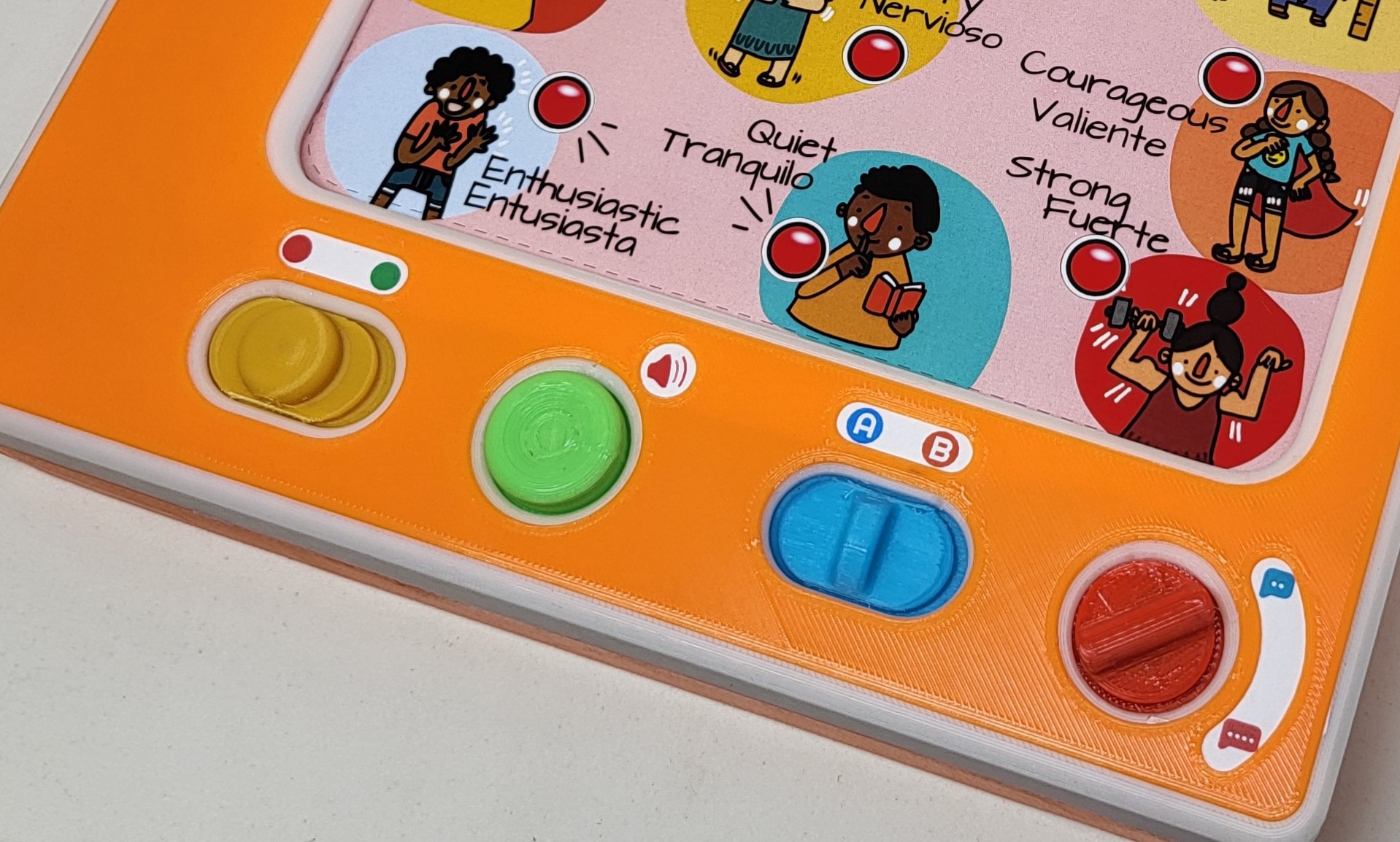
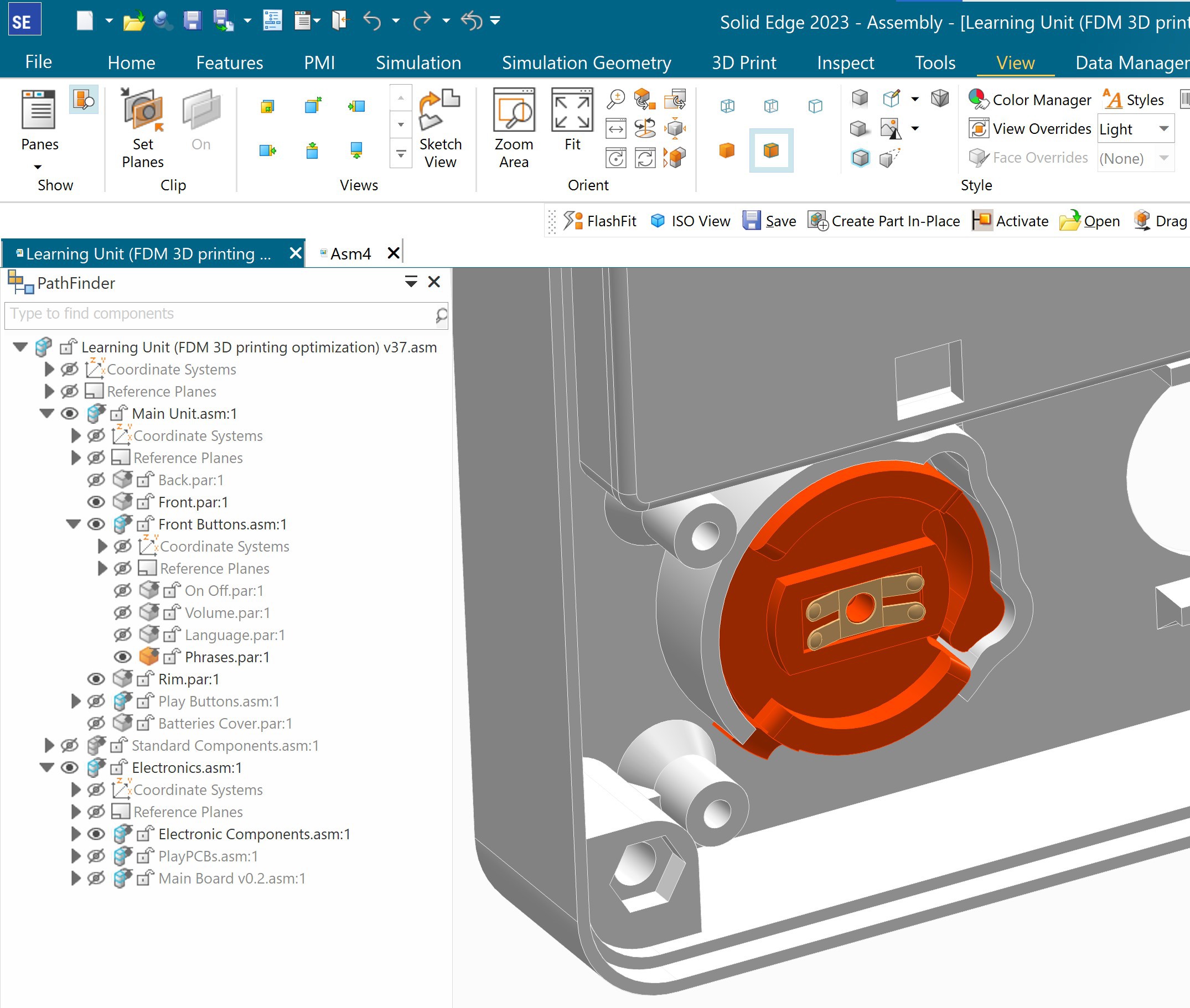
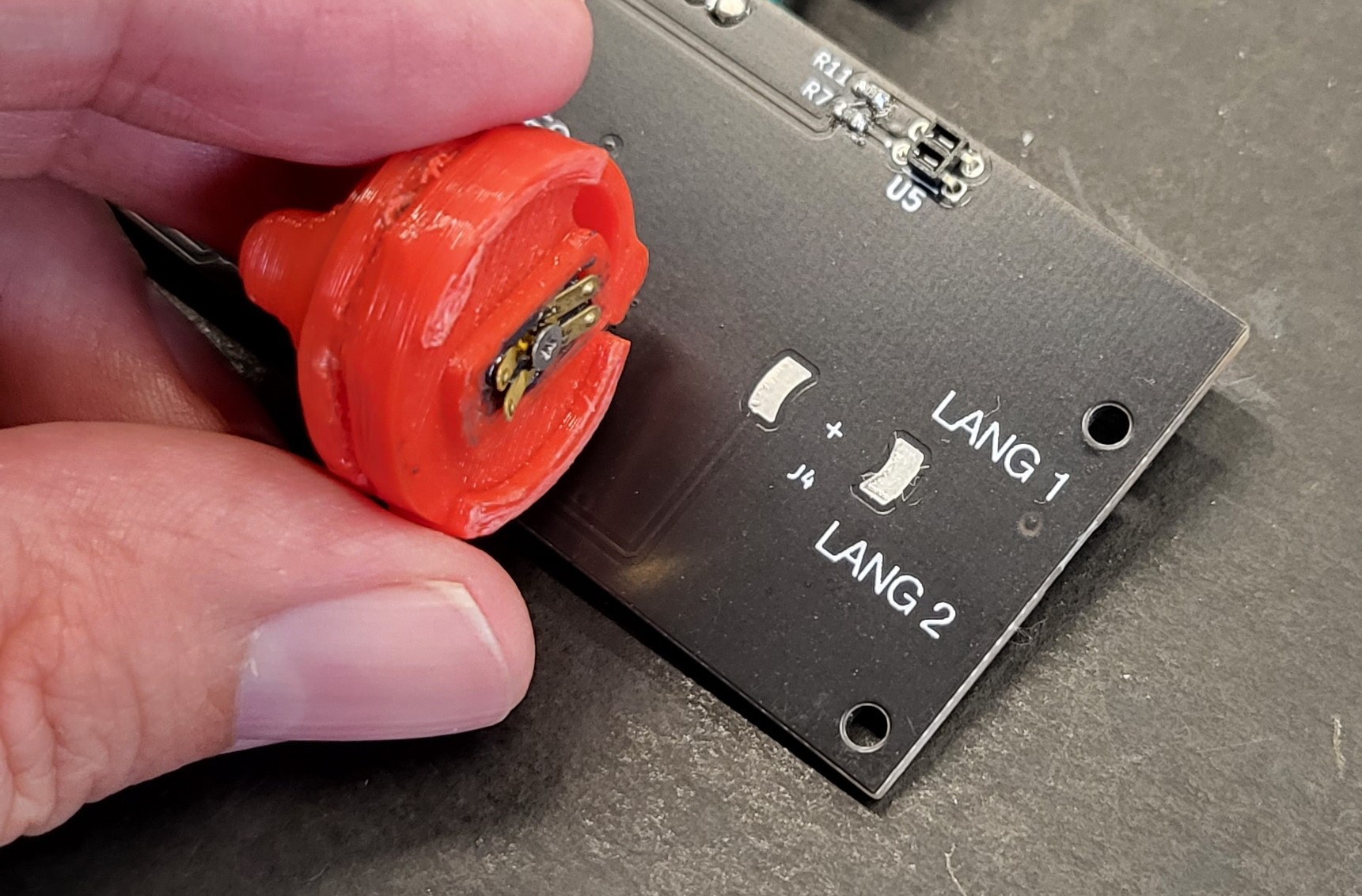
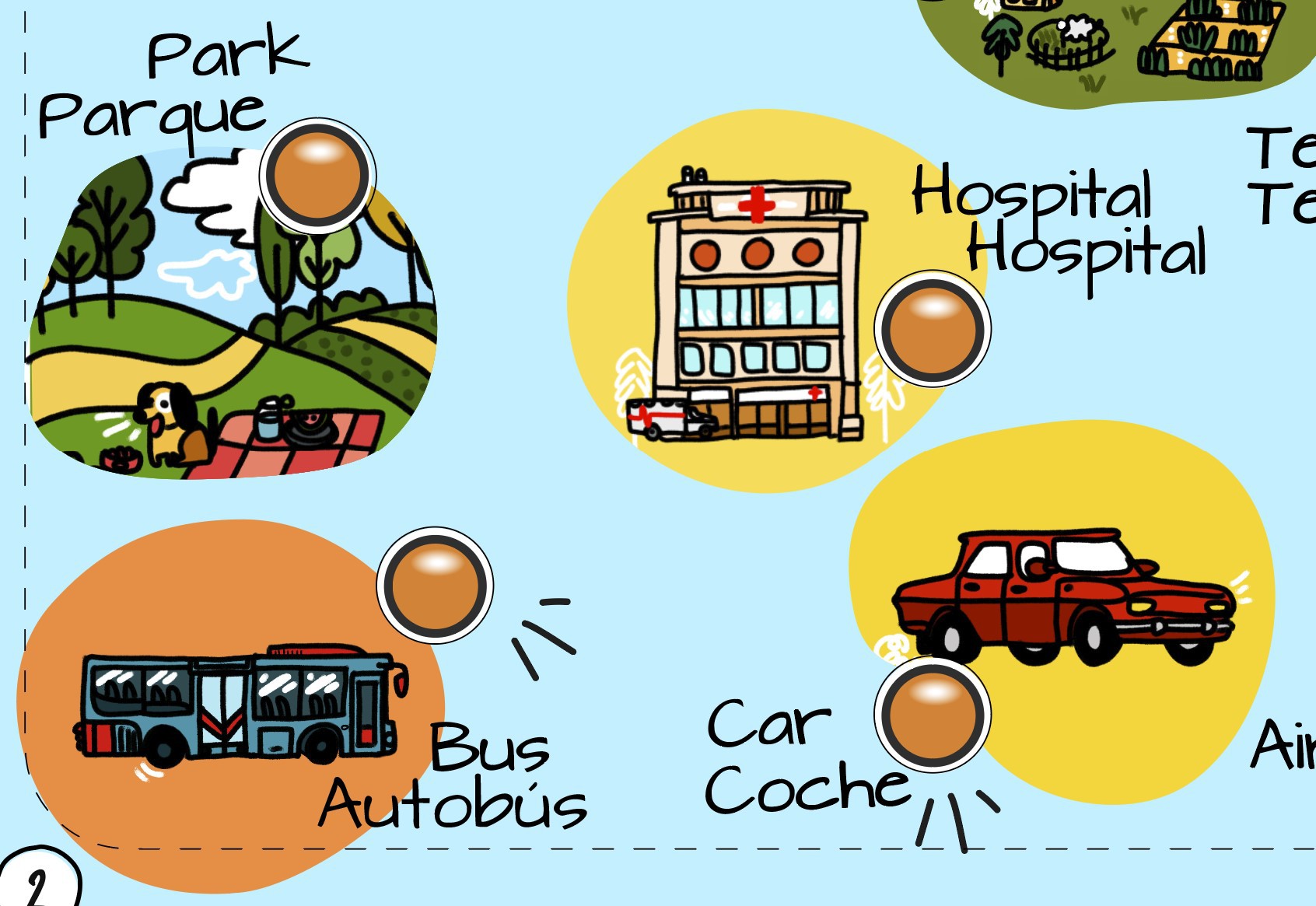
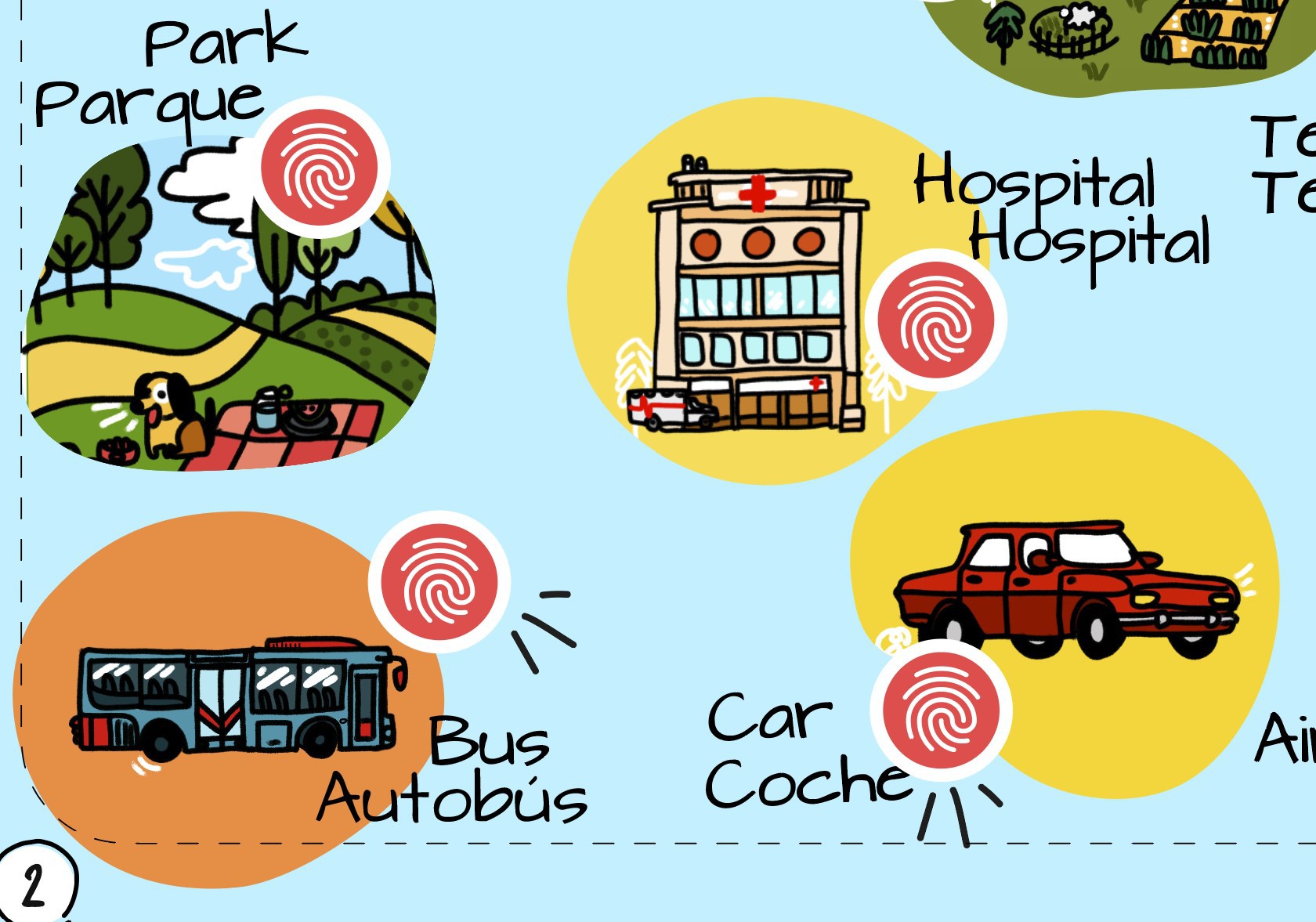
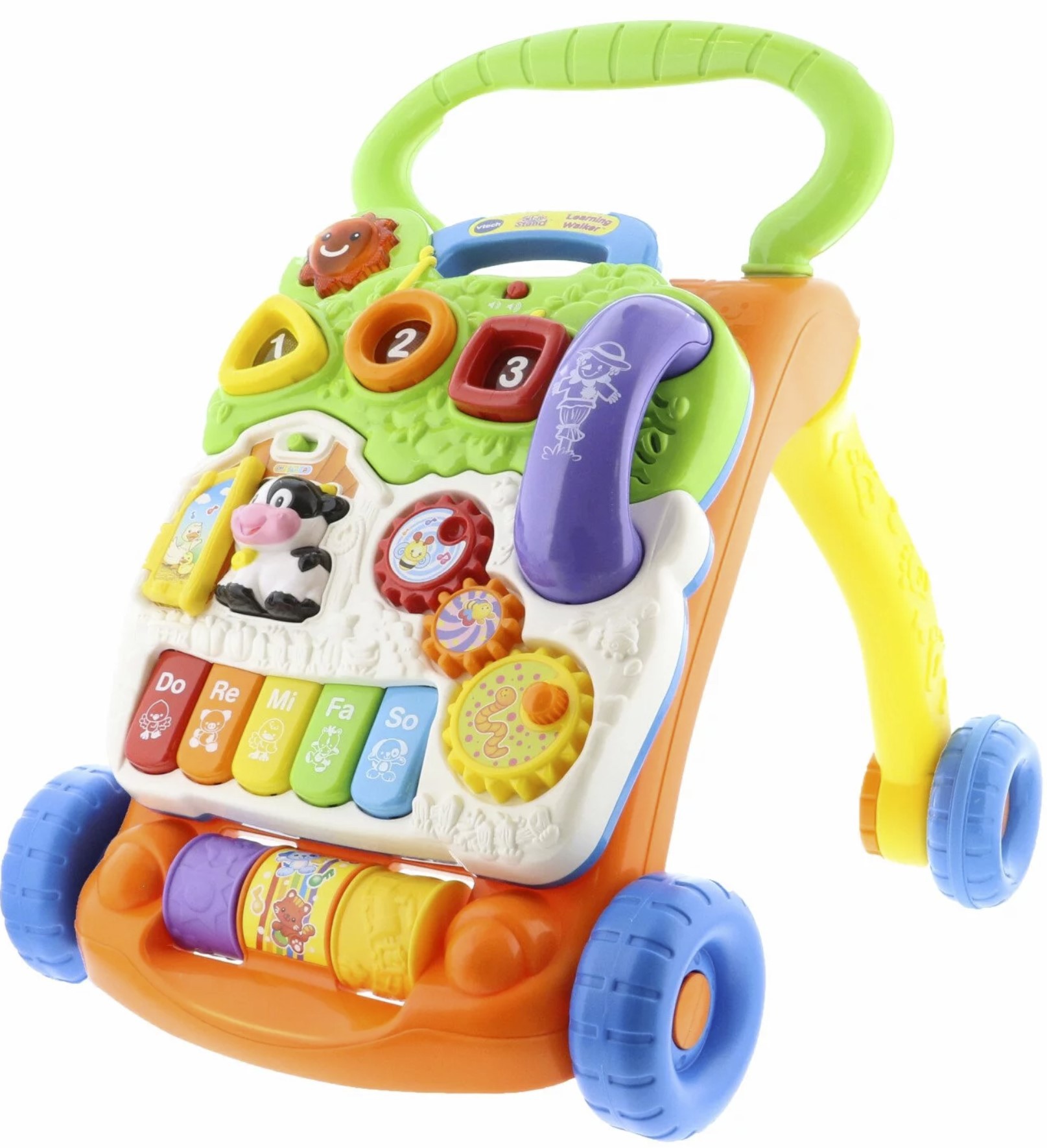
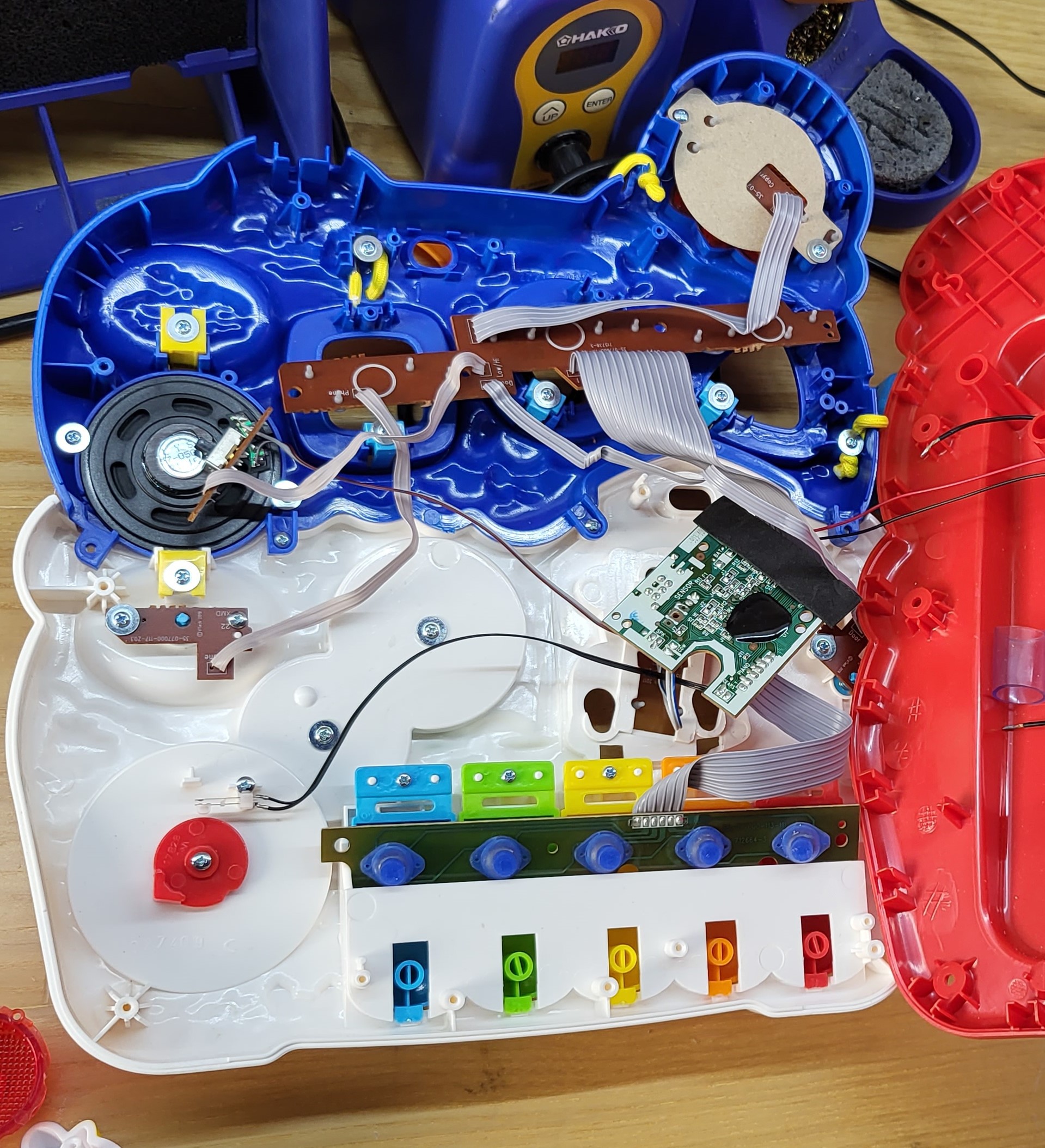
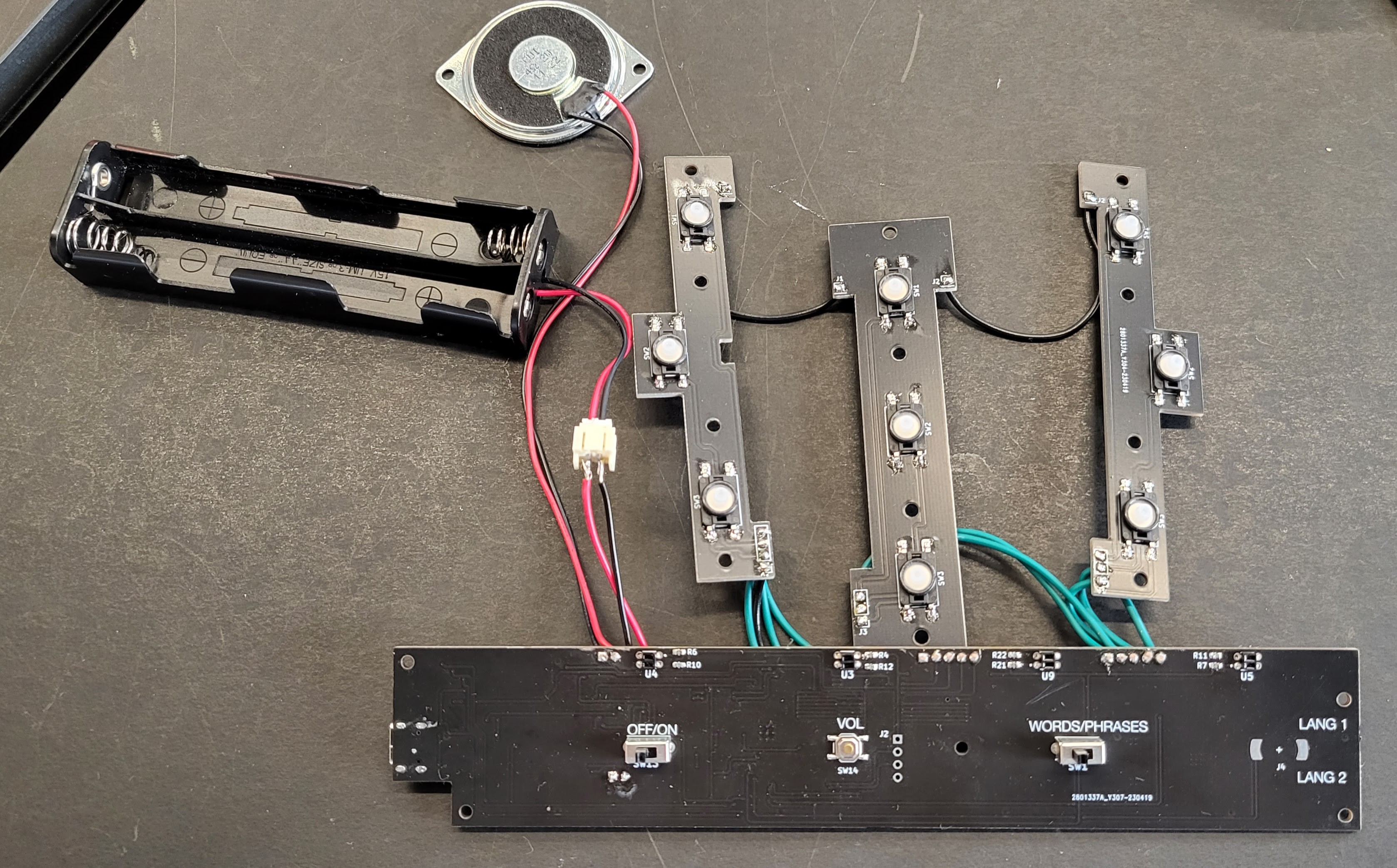
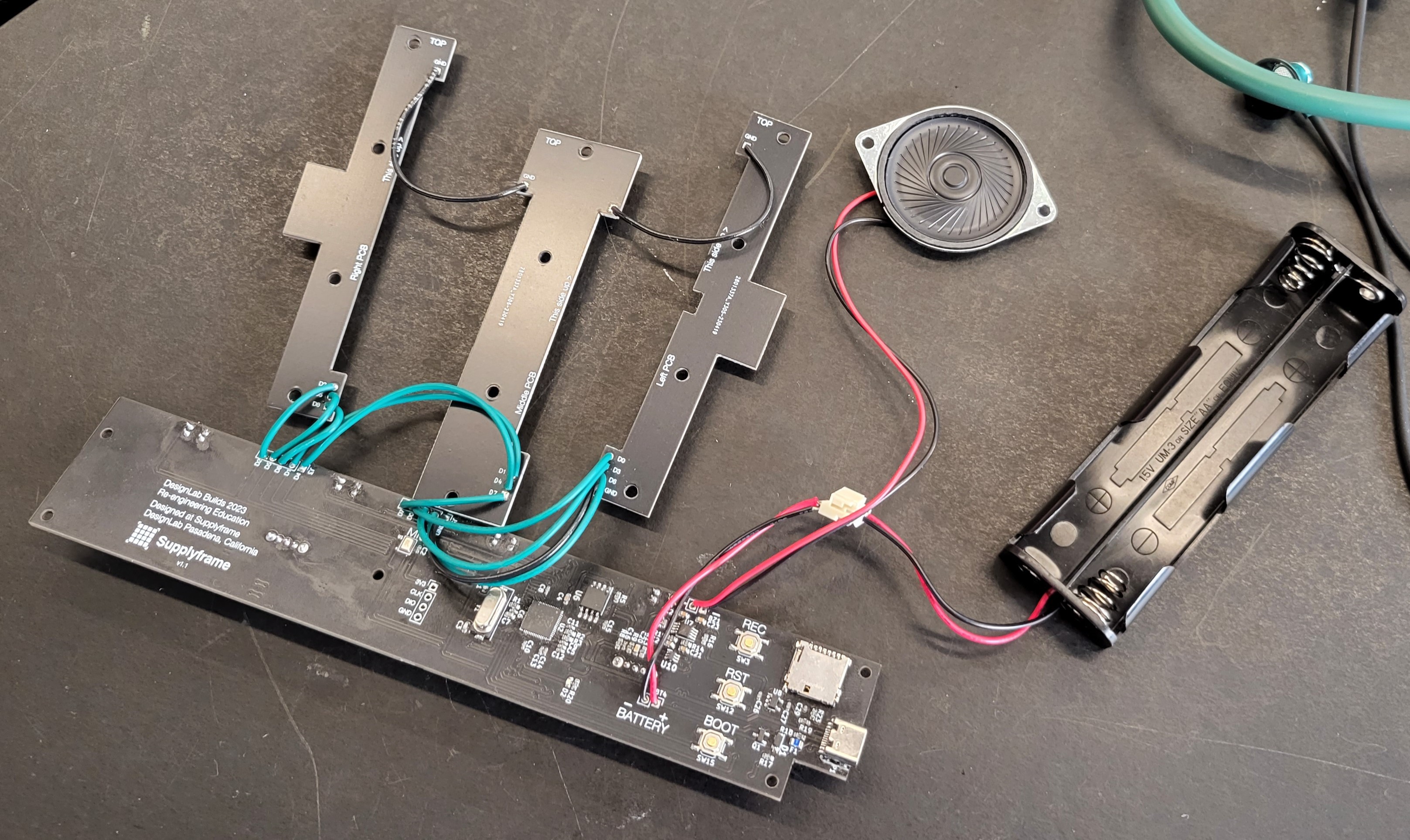
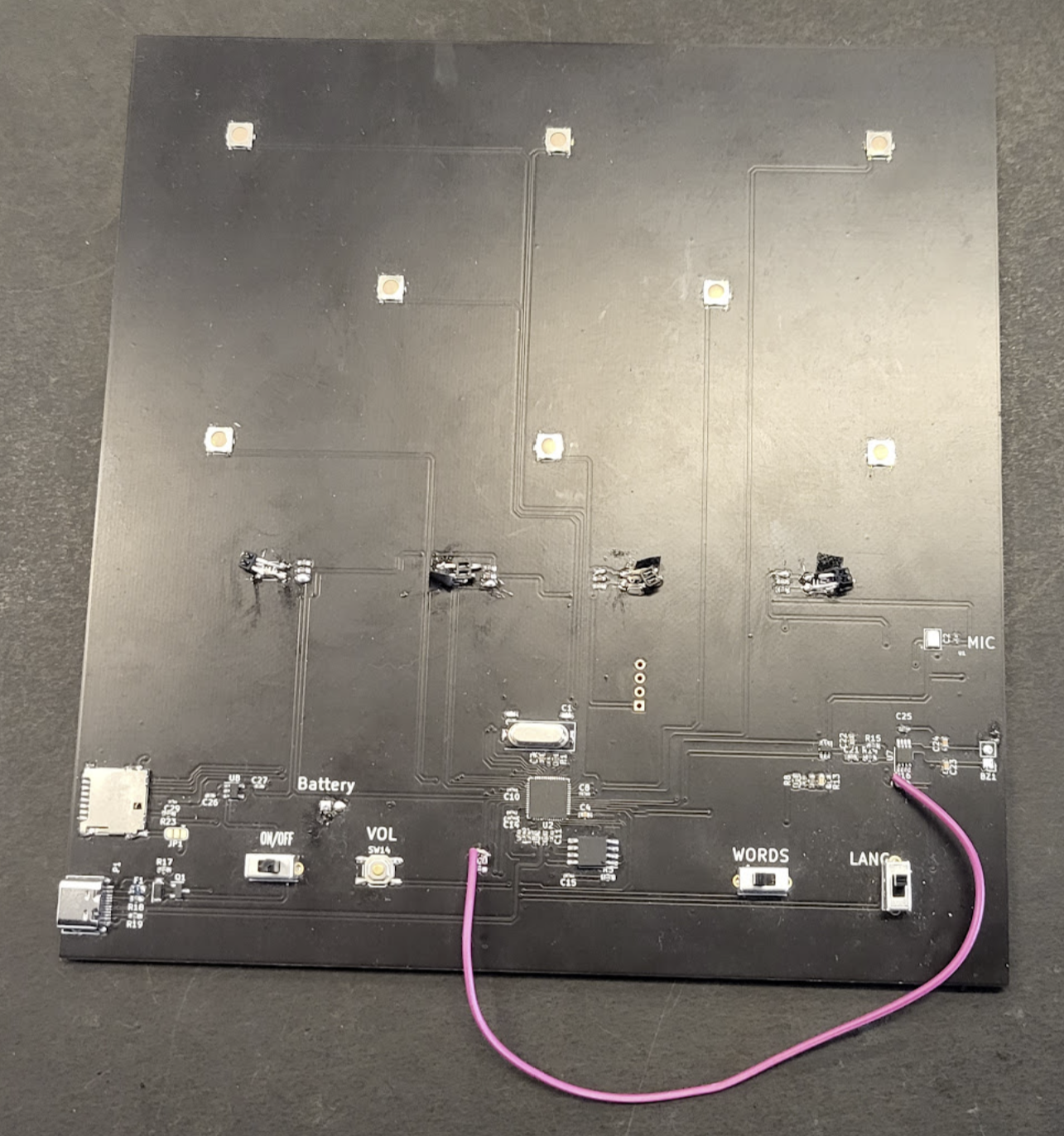
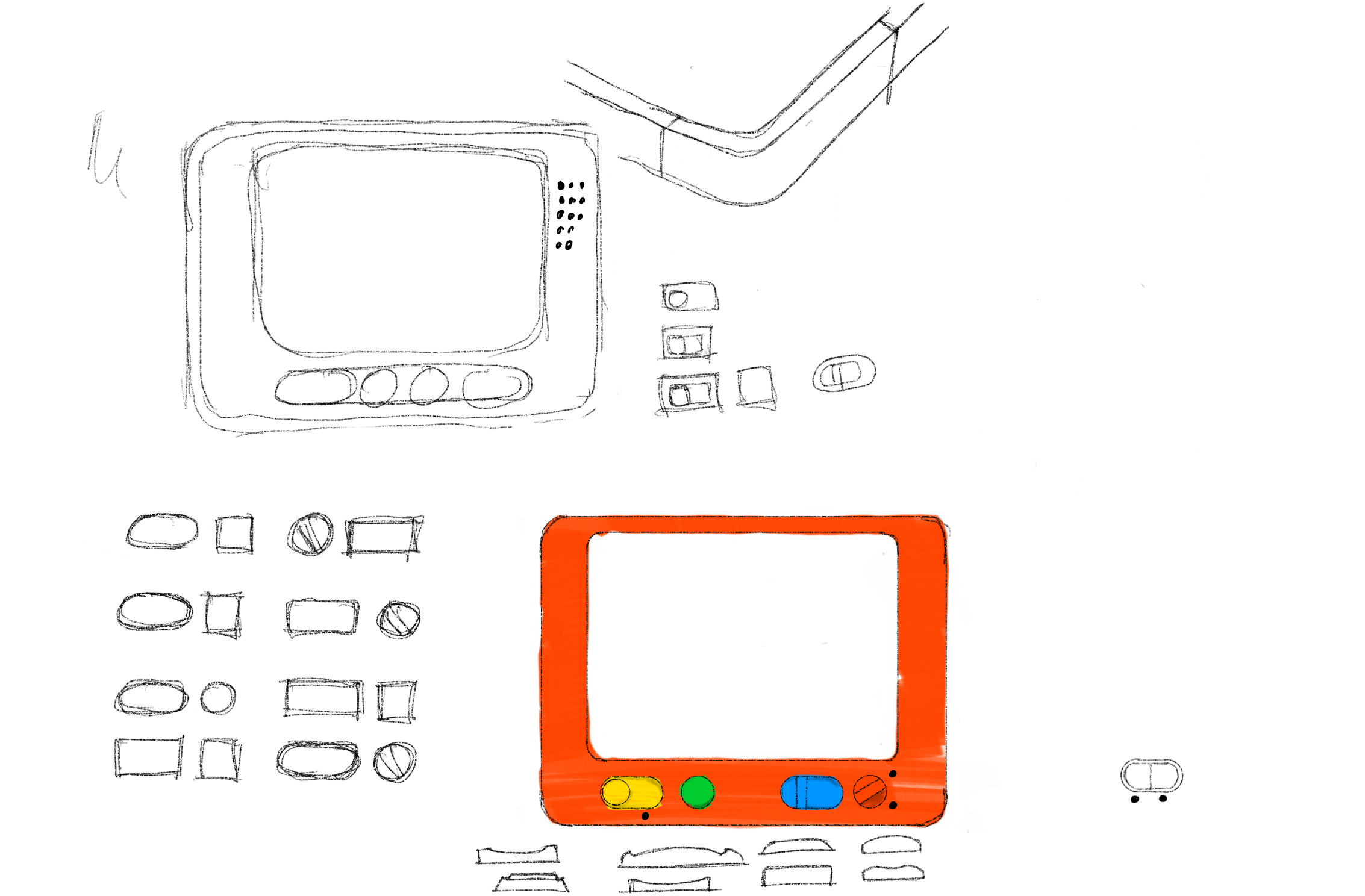
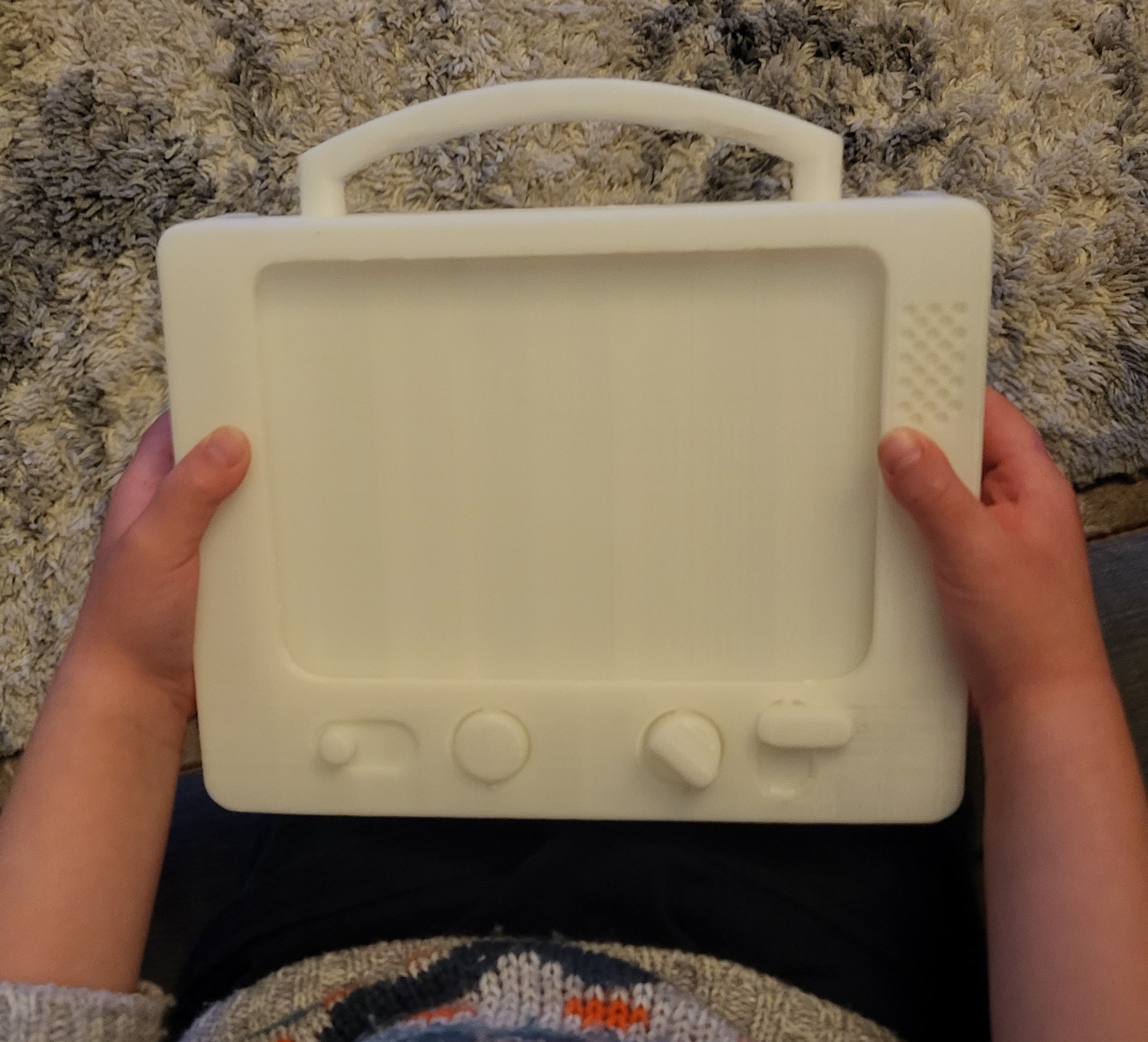
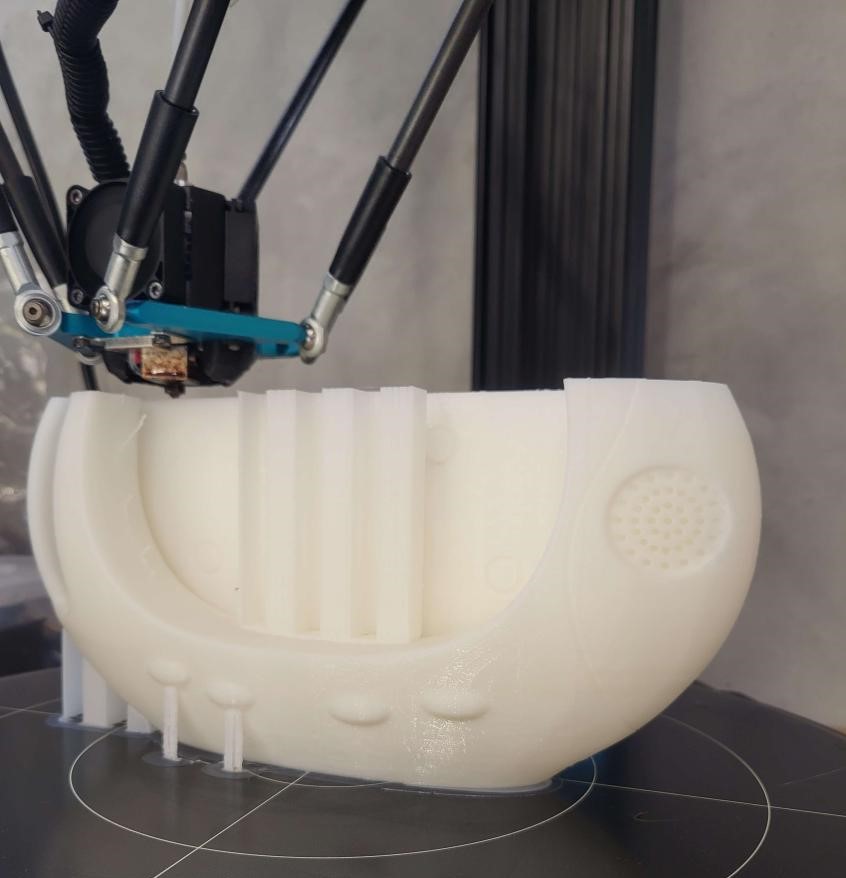
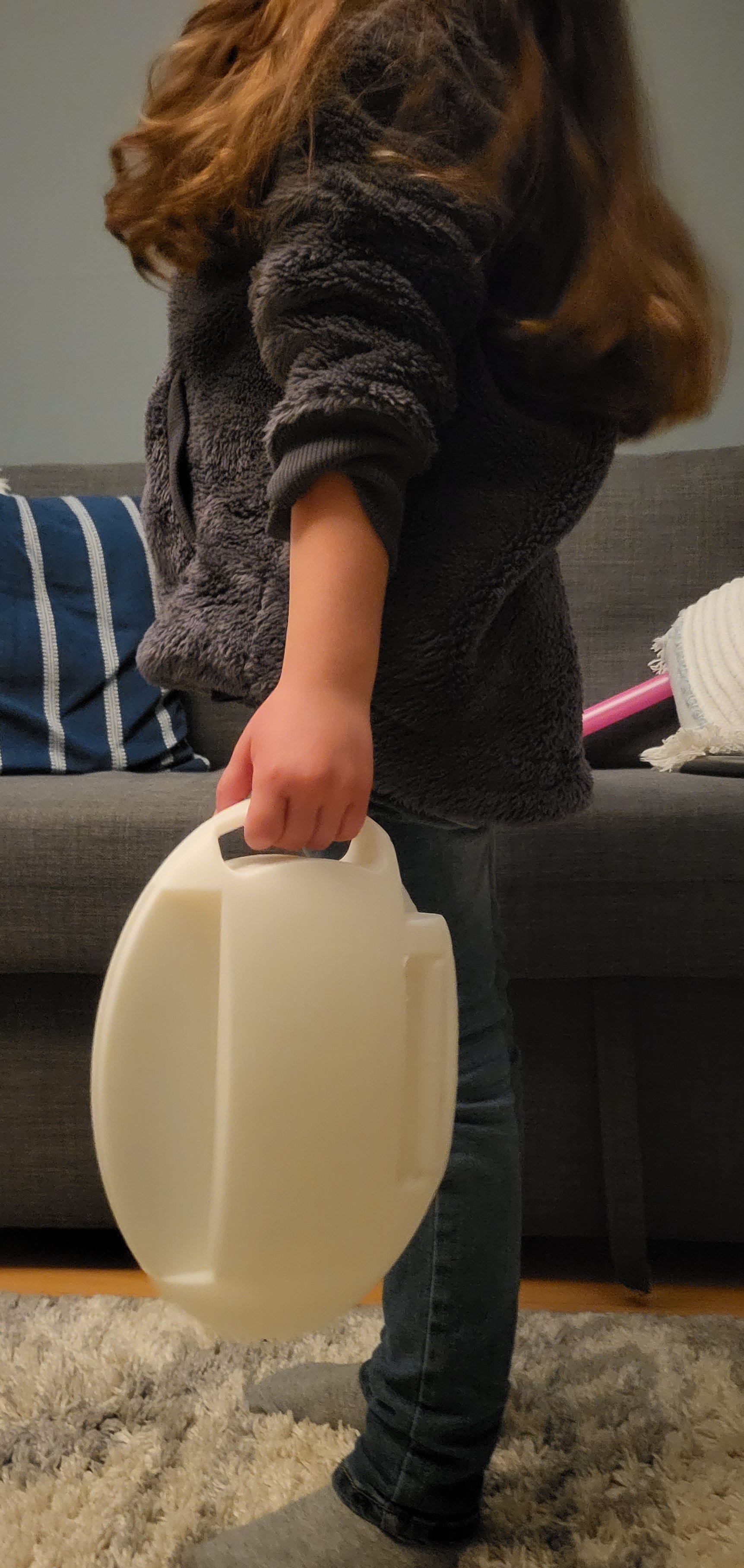

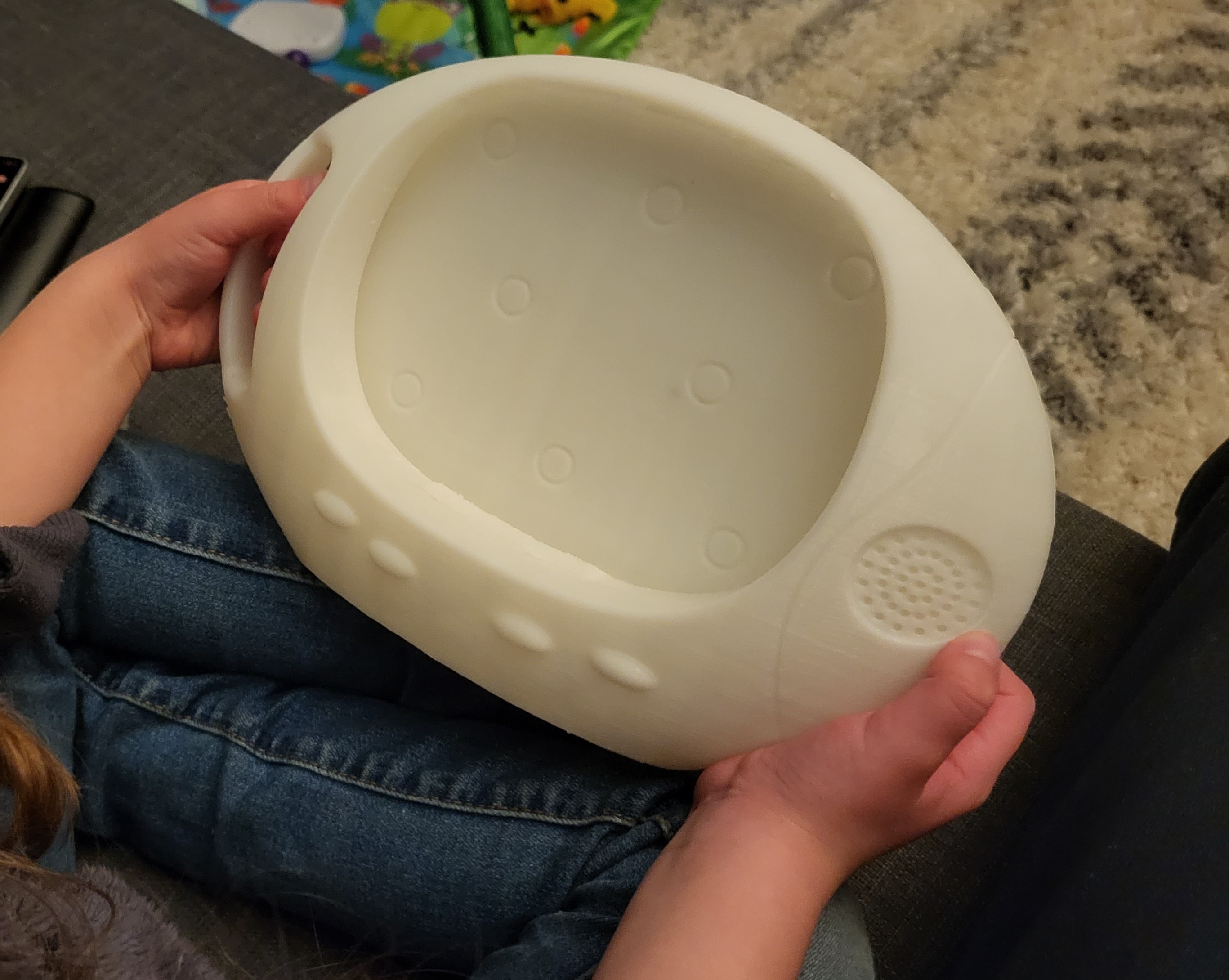
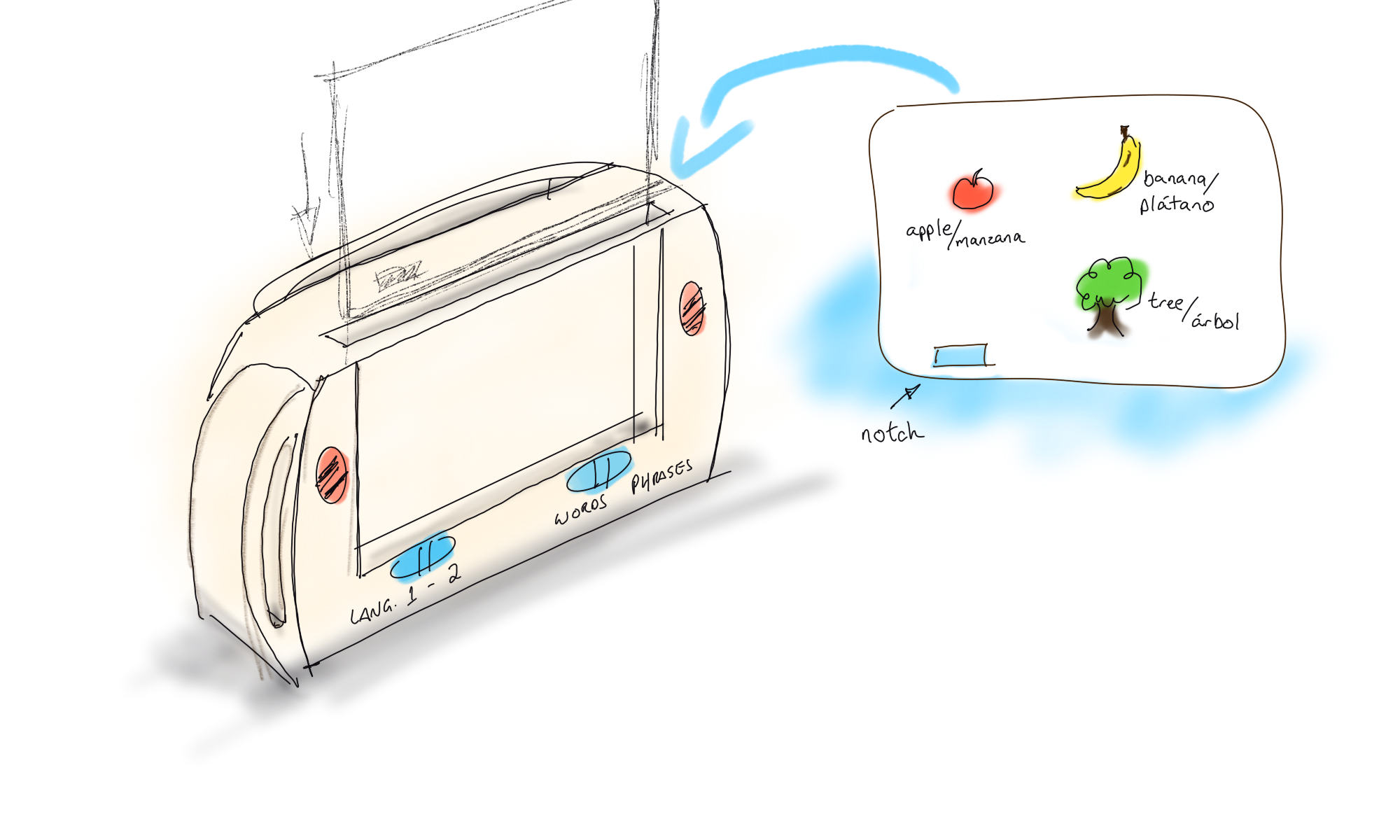
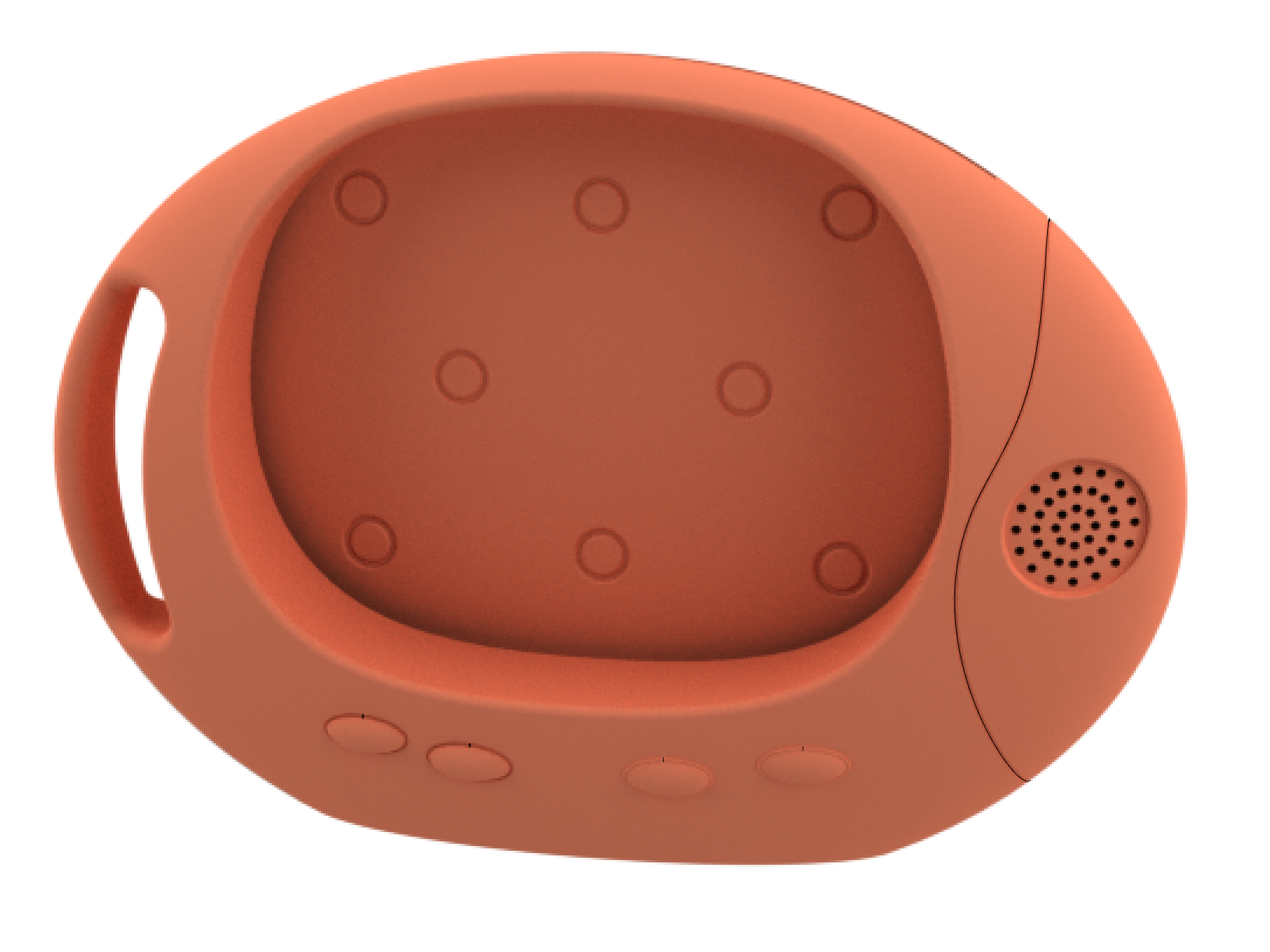
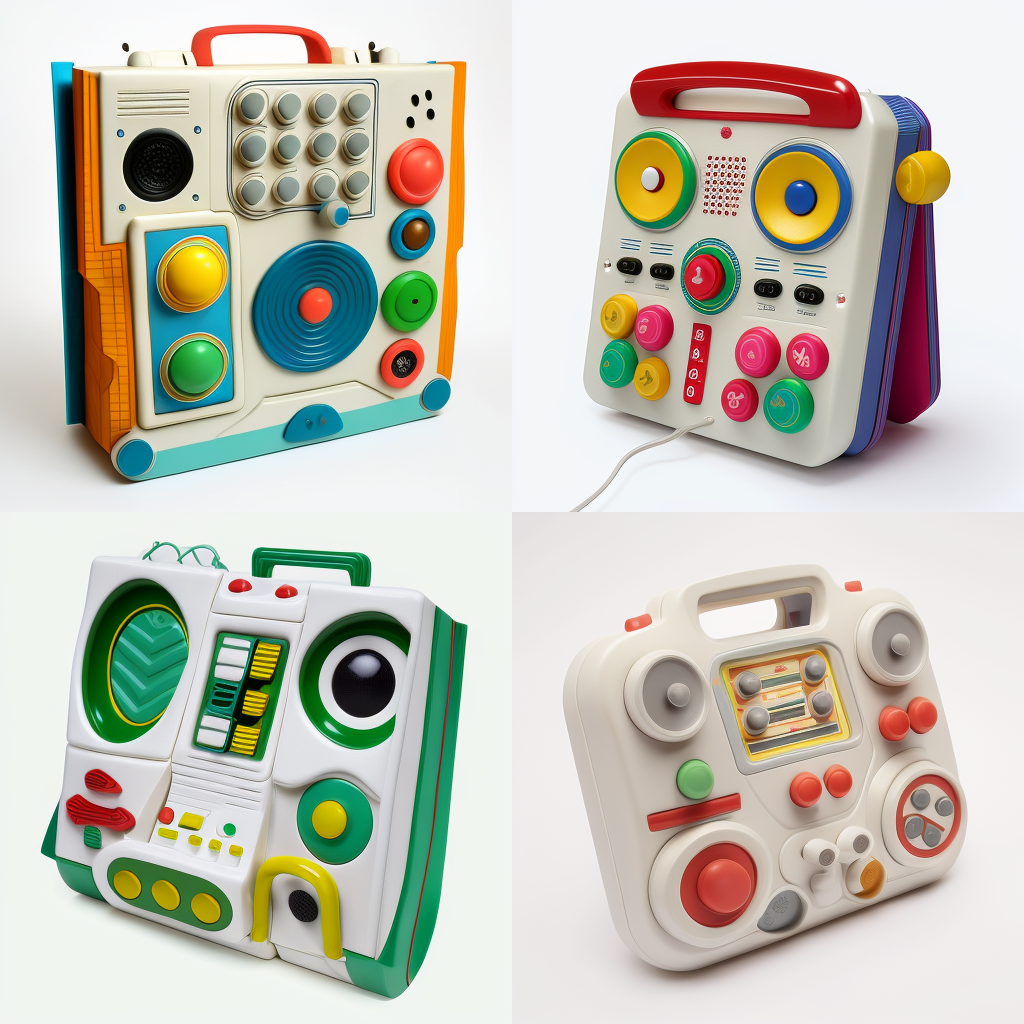
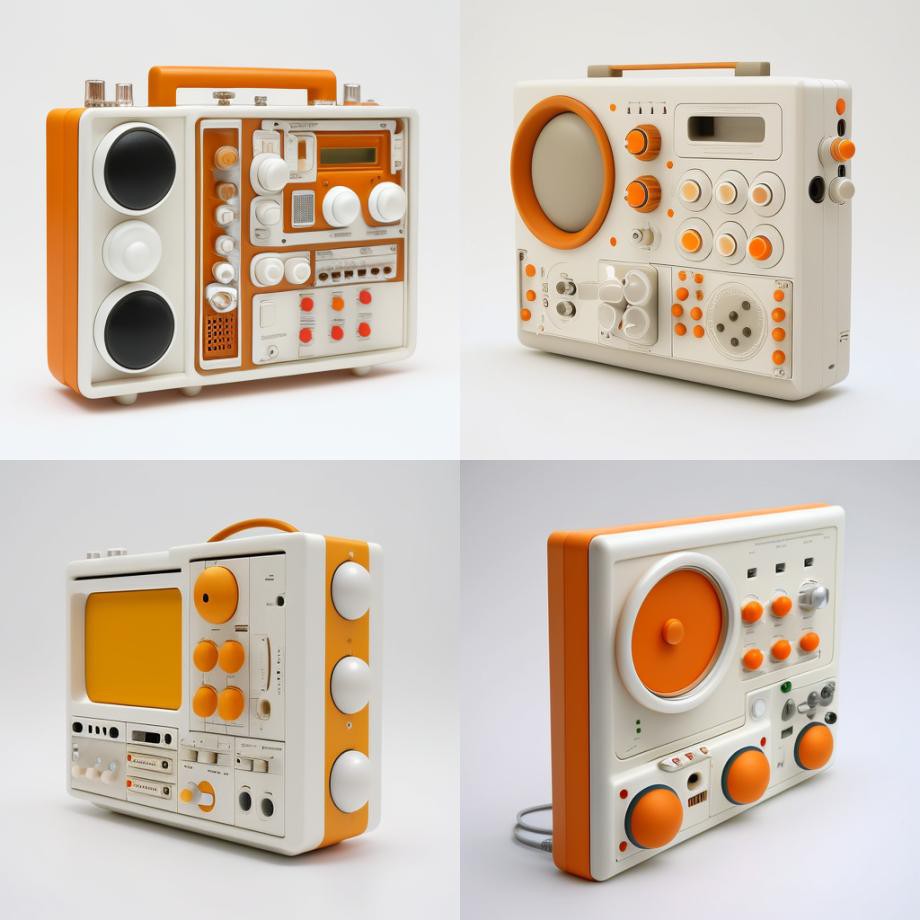
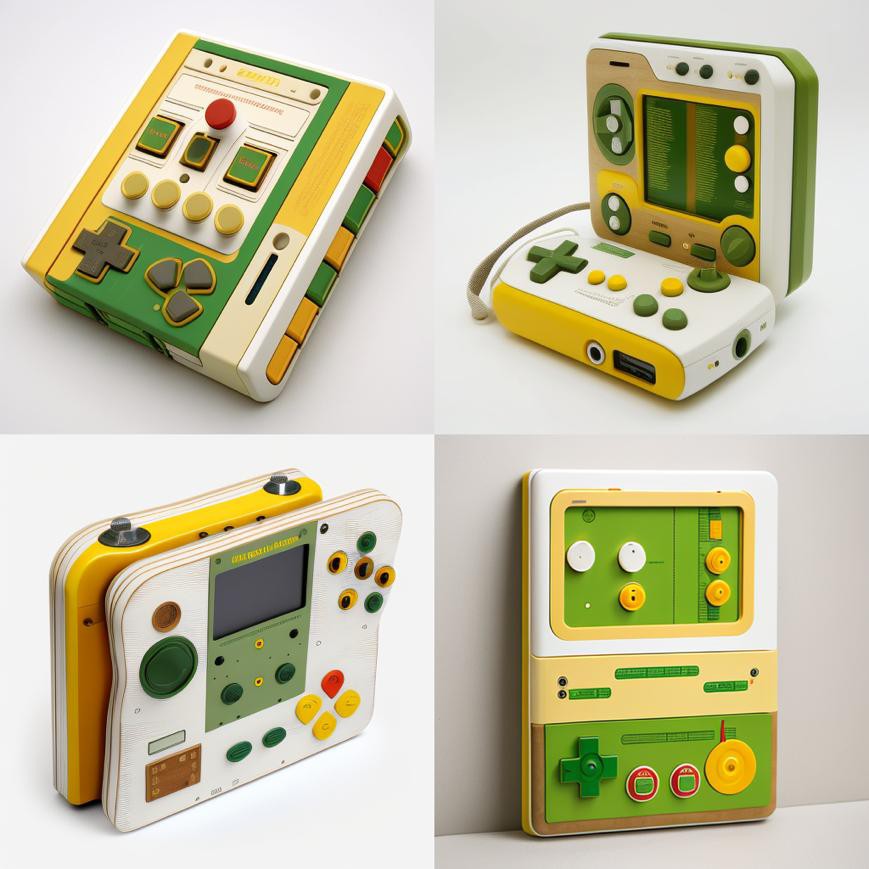
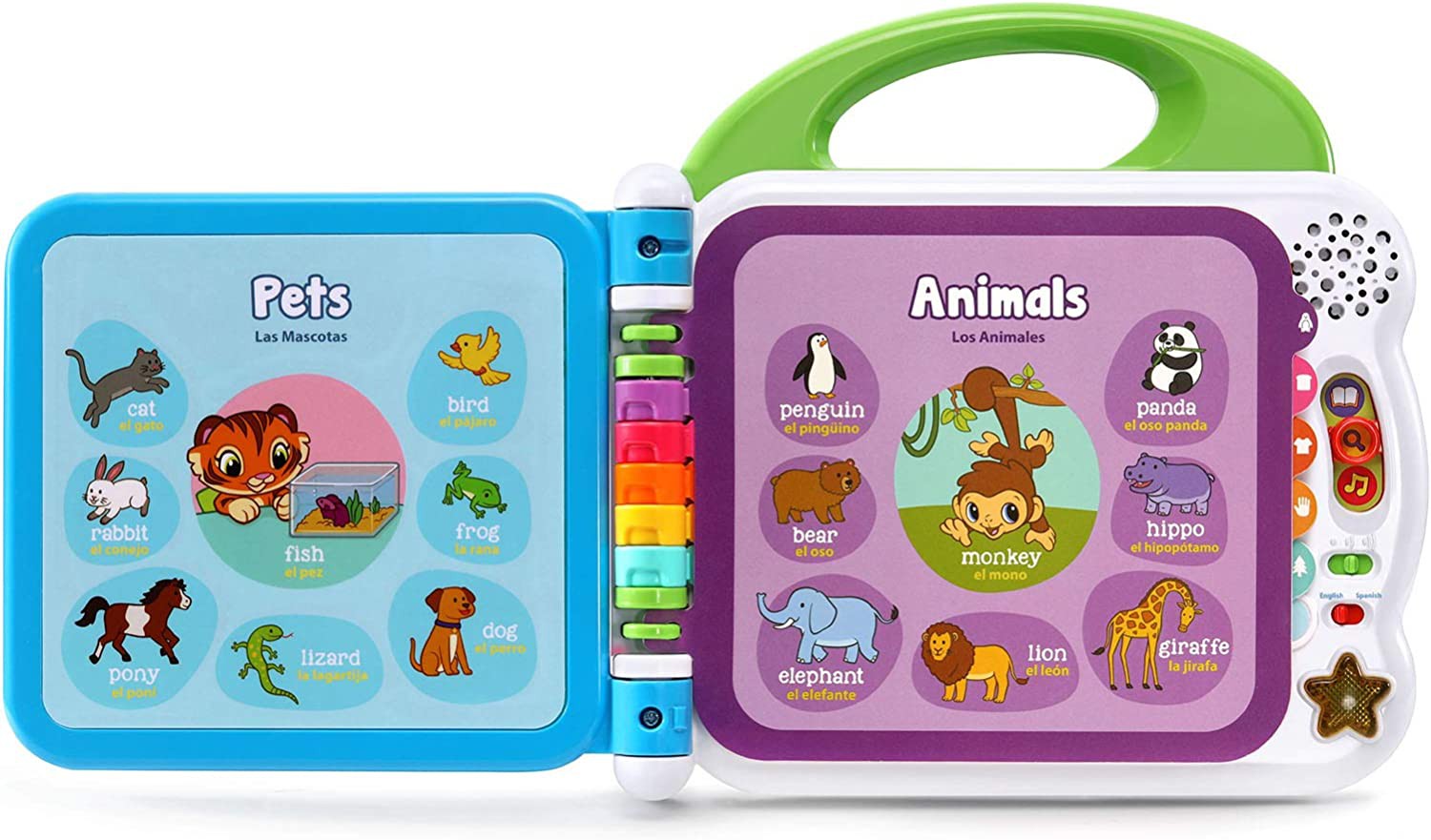 The main directives for this project are:
The main directives for this project are: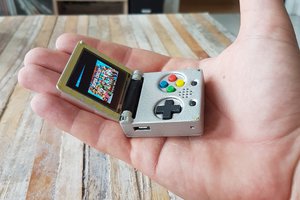
 c.Invent
c.Invent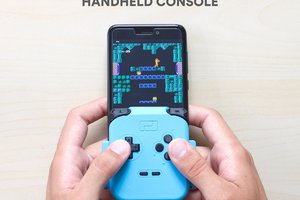
 Victor Dedios
Victor Dedios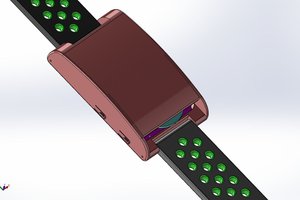
 Chaz
Chaz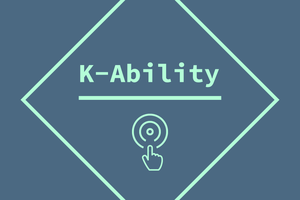
 dariocose
dariocose